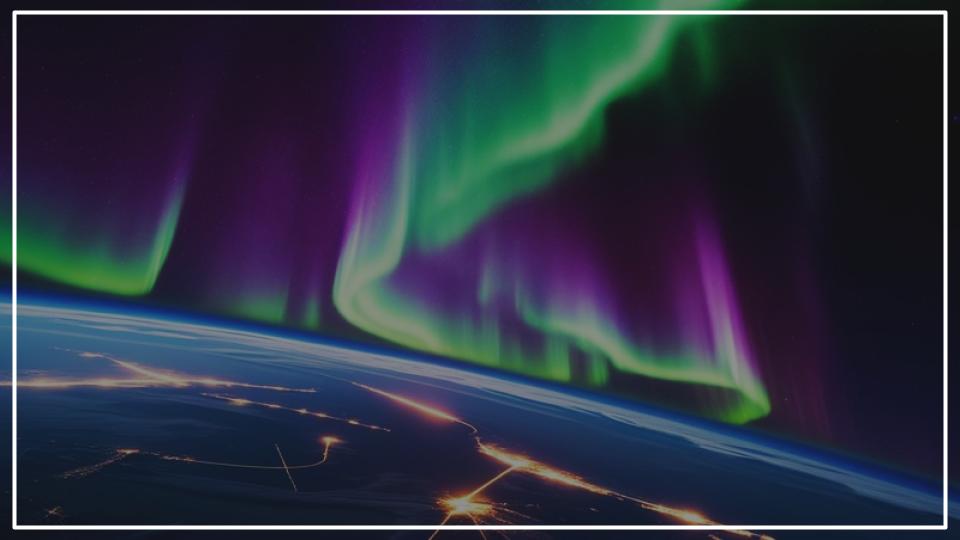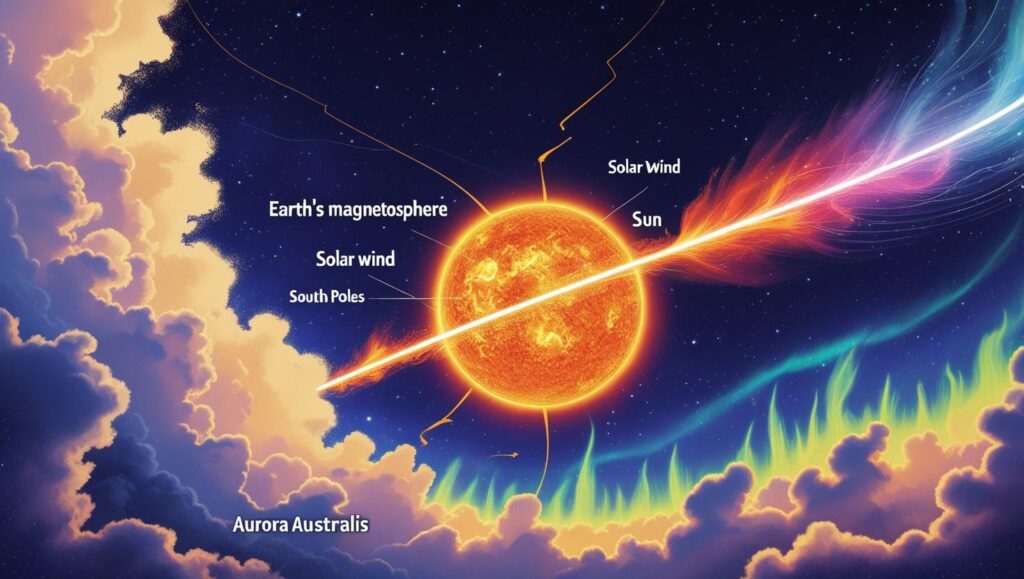Orbiting 250 miles above the planet, astronauts aboard the International Space Station (ISS) have captured what they describe as some of the most spectacular displays of the aurora in recent memory. These breathtaking images and time-lapses provide a unique perspective on the phenomenon, showcasing the vibrant, dancing lights of the aurora from space as shimmering curtains that drape across the globe.

The recent surge in auroral activity is linked to the sun approaching the peak of its current activity cycle, offering scientists and the public a front-row seat to one of nature’s most magnificent displays. For the international crew living and working in orbit, the view is a profound and regular reminder of the dynamic connection between the Earth and its star.
The View from the Cupola
For astronauts on the International Space Station, the best view in the house is from the Cupola, a seven-windowed, dome-shaped module that offers a panoramic perspective of Earth. From this vantage point, they witness the aurora not as a display high in the sky, but as a glowing blanket stretching across vast swaths of the planet below.
“You can see this green, ethereal, shimmering curtain of light, and it moves and it changes,” said Dr. Don Pettit, a NASA astronaut who has spent over a year in space across three missions and is renowned for his photography. In statements provided by NASA, Pettit has described the view as looking into “the plasma processes of the sun being expressed in the upper atmosphere.”
Unlike observers on the ground who see the lights far above them, the ISS crew often flies directly through the upper wisps of the aurora. This provides a three-dimensional experience that is impossible to replicate from Earth. These views are not just for sightseeing; they are a vital part of the scientific mission aboard the orbiting laboratory.

The Science Behind the Spectacle
The brilliant light shows are the visible result of a powerful interaction between the sun and Earth. The sun constantly emits a stream of charged particles known as the solar wind. During periods of high solar activity, this wind can become a powerful geomagnetic storm.
When these storms reach Earth, our planet’s magnetic field, or magnetosphere, funnels the energetic particles toward the poles. There, they collide with atoms and molecules of gas—primarily oxygen and nitrogen—in the upper atmosphere. This collision excites the atoms, causing them to glow.
According to the National Oceanic and Atmospheric Administration’s (NOAA) Space Weather Prediction Center, the different colors are determined by the type of gas and the altitude of the collision.
- Green: The most common color, produced by excited oxygen atoms at altitudes of 60 to 150 miles.
- Red: Caused by high-altitude oxygen (above 150 miles).
- Blue and Purple: Generated by excited nitrogen molecules at lower altitudes.
The current solar cycle, known as Solar Cycle 25, began in 2019 and is projected to reach its peak intensity, or solar maximum, in late 2024 or 2025. This heightened activity means more frequent and intense solar storms, resulting in auroras that are not only stronger but also visible at lower latitudes than usual on the ground.
A Critical Tool for Scientific Research
Observing the aurora from space is more than just an awe-inspiring experience; it yields critical scientific data. By studying the aurora’s shape, intensity, and behavior from orbit, scientists can better understand the complex dynamics of space weather.
Data collected from the ISS helps researchers:
- Model Earth’s Magnetic Field: Analyzing how the aurora moves provides insights into the structure and behavior of our planet’s magnetosphere.
- Forecast Space Weather: Understanding geomagnetic storm impacts is crucial for protecting critical infrastructure, including satellites, communication networks, and power grids on Earth. A severe geomagnetic storm could disrupt these systems, making prediction a key priority.
- Study Atmospheric Composition: The colors and altitudes of the aurora provide information about the density and composition of the upper atmosphere.
This orbital perspective allows for a global view that is impossible for ground-based observatories. “We can see the full extent of the auroral oval, sometimes stretching for thousands of kilometers,” explained Dr. Erik Jensen, a space physicist with the European Space Agency, in an ESA science briefing. “This macroscopic view is invaluable for testing and refining our models of the Sun-Earth connection.”
As Solar Cycle 25 continues its ascent toward its maximum, astronauts on the International Space Station will have many more opportunities to witness and document these celestial displays. Their observations will not only continue to inspire audiences on the ground but also contribute vital data to help safeguard our technologically dependent society from the volatile nature of space weather. The view from orbit serves as a powerful reminder of the delicate and beautiful interplay of forces that shape our world.
FAQ on Aurora from Space
Q1: Is there a southern version of the Northern Lights?
Yes, the phenomenon in the Southern Hemisphere is known as the Aurora Australis, or the Southern Lights. It is created by the same process as the Aurora Borealis—charged solar particles interacting with Earth’s magnetic field.
Q2: Is the radiation that causes the aurora dangerous to astronauts on the ISS?
While the energetic particles that cause auroras are a form of radiation, the International Space Station is designed with significant shielding to protect the crew. The station’s orbit is also situated within the protection of Earth’s magnetosphere, which deflects the vast majority of dangerous solar radiation.
Q3: Can people, or astronauts, hear the aurora?
The aurora occurs at altitudes of 60 to over 200 miles, in the near-vacuum of the upper atmosphere where sound cannot travel. Therefore, it does not produce audible noise that one could hear directly. However, some ground-based observers have reported faint crackling or hissing sounds during intense auroral displays.
Read More
The Lazy Gardener’s Guide to Propagating Fruit Trees at Home
